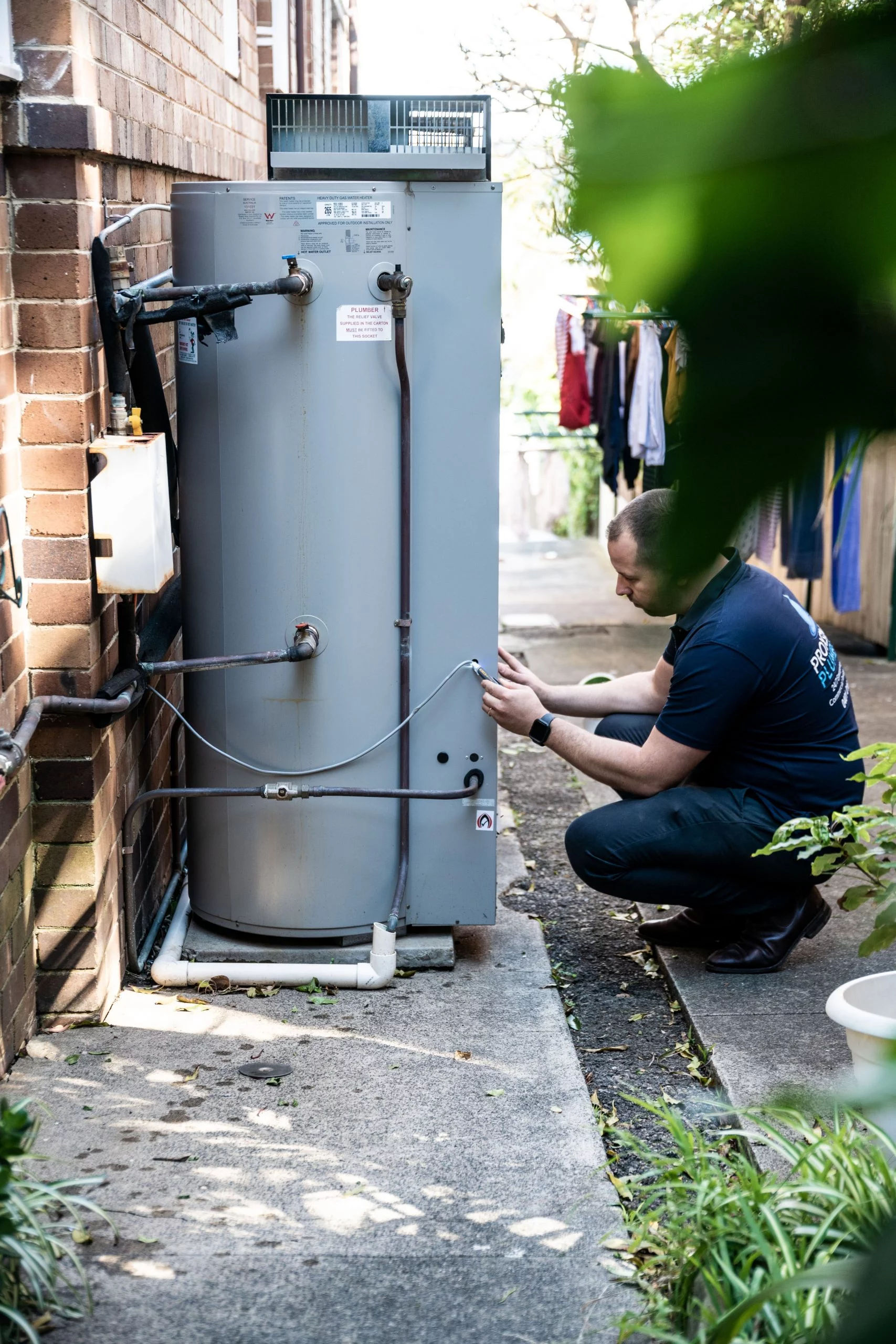We've found this great article relating to Tips For Maintaining Your Hot Water Heater down the page on the internet and believe it made sense to share it with you over here.

Warm water is important for everyday comfort, whether it's for a revitalizing shower or cleaning dishes. To ensure your warm water system runs successfully and lasts much longer, regular upkeep is vital. This article offers functional pointers and insights on how to preserve your home's warm water system to stay clear of disturbances and costly repair work.
Introduction
Preserving your home's warm water system could seem difficult, however with a couple of basic actions, you can guarantee it runs smoothly for years to come. This guide covers whatever from comprehending your hot water system to DIY maintenance ideas and recognizing when to employ specialist aid.
Relevance of Keeping Your Warm Water System
Normal maintenance not just expands the life-span of your warm water system however likewise ensures it operates successfully. Disregarding upkeep can bring about lowered effectiveness, higher energy bills, and even premature failing of the system.
Indicators Your Warm Water System Requirements Maintenance
Knowing when your hot water system needs attention can protect against significant problems. Watch out for signs such as inconsistent water temperature level, weird sounds from the heating unit, or rusty water.
Flushing the Hot Water Heater
Purging your water heater removes sediment build-up, enhancing efficiency and prolonging its life.
Monitoring and Replacing Anode Rods
Anode rods protect against deterioration inside the storage tank. Examining and replacing them when broken is vital.
Complicated Issues Calling For Specialist Assistance
Instances consist of major leakages, electrical troubles, or if your hot water heater is constantly underperforming.
Routine Specialist Maintenance Conveniences
Expert maintenance can consist of extensive examinations, tune-ups, and ensuring conformity with safety standards.
Checking and Adjusting Temperature Level Settings
Adjusting the temperature level settings makes certain optimal efficiency and safety.
Do It Yourself Tips for Maintenance
You can perform a number of upkeep tasks on your own to keep your warm water system in top condition.
Checking for Leakages
Regularly check pipes and connections for leakages, as these can lead to water damages and higher expenses.
Recognizing Your Hot Water System
Prior to diving right into maintenance tasks, it's helpful to understand the fundamental parts of your hot water system. Normally, this includes the water heater itself, pipelines, anode poles, and temperature controls.
Regular Monthly Upkeep Tasks
Regular regular monthly checks can aid catch minor concerns before they intensify.
Testing Pressure Relief Valves
Checking the stress relief valve ensures it operates correctly and avoids extreme stress build-up.
Insulating Pipes
Protecting warm water pipelines reduces warm loss and can conserve power.
When to Call a Specialist
While do it yourself maintenance is advantageous, some concerns call for specialist knowledge.
Final thought
Routine upkeep of your home's warm water system is crucial for efficiency, durability, and expense savings. By complying with these ideas and recognizing when to look for specialist aid, you can guarantee a trustworthy supply of warm water without unforeseen interruptions.
How to Maintain an Instant Hot Water Heater
Before tinkering with your hot water heater, make sure that it’s not powered on. You also have to turn off the main circuit breaker and shut off the main gas line to prevent accidents. Also turn off the water valves connected to your unit to prevent water from flowing into and out of the appliance. 2. When you’re done, you have to detach the purge valves’ caps. These look like the letter “T” and are situated on either side of the water valves. Doing so will release any pressure that has accumulated inside the valves while at the same time avoid hot water from shooting out and burning your skin. 3. When the purge valves’ caps are removed, you have to connect your hosing lines to the valves. Your unit should have come with three hoses but if it didn’t, you can purchase these things from any hardware or home repair shops. You can also get them from retail stores that sell water heating systems. Read the user’s manual and follow it to complete this task properly. When the hosing lines are connected, open the purge port’s valves. 4. You should never use harsh chemical cleaners or solutions when cleaning your unit. Make use of white vinegar instead. It should be undiluted and you’ll probably use about 2 gallons. 5. Now flush your water heater. This task should probably take about 40 minutes. We can’t give you specific directions for this because the procedure is carried out depending on the type, model and brand of your heater. With that being said, refer to the user’s manual. 6. When you’re done draining the unit, you have to turn off the purge port valves again. Remove the hosing lines that you earlier installed on each of the water valves. Put the valve caps (purge port) back in their respective places and be very careful so as not to damage the rubber discs that are found inside these caps. 7. Now that everything’s back in place, check your user’s manual again to find out how to reactivate your water heating system. 8. Once it is working, turn one of your hot water faucets on just to let air pass through the heater’s water supply pipes. Leave the tap on until water flows smoothly out of it. https://www.orrplumbing.com/blog/2014/september/how-to-maintain-an-instant-hot-water-heater/

Do you really like more info about How to Maintain Your Water Heater & Prolong its Life? Post a remark down below. We'd be glad to hear your opinions about this posting. We are looking forward that you come back again later on. Be sure to take the time to share this blog post if you enjoyed reading it. I thank you for your readership.
Call Today